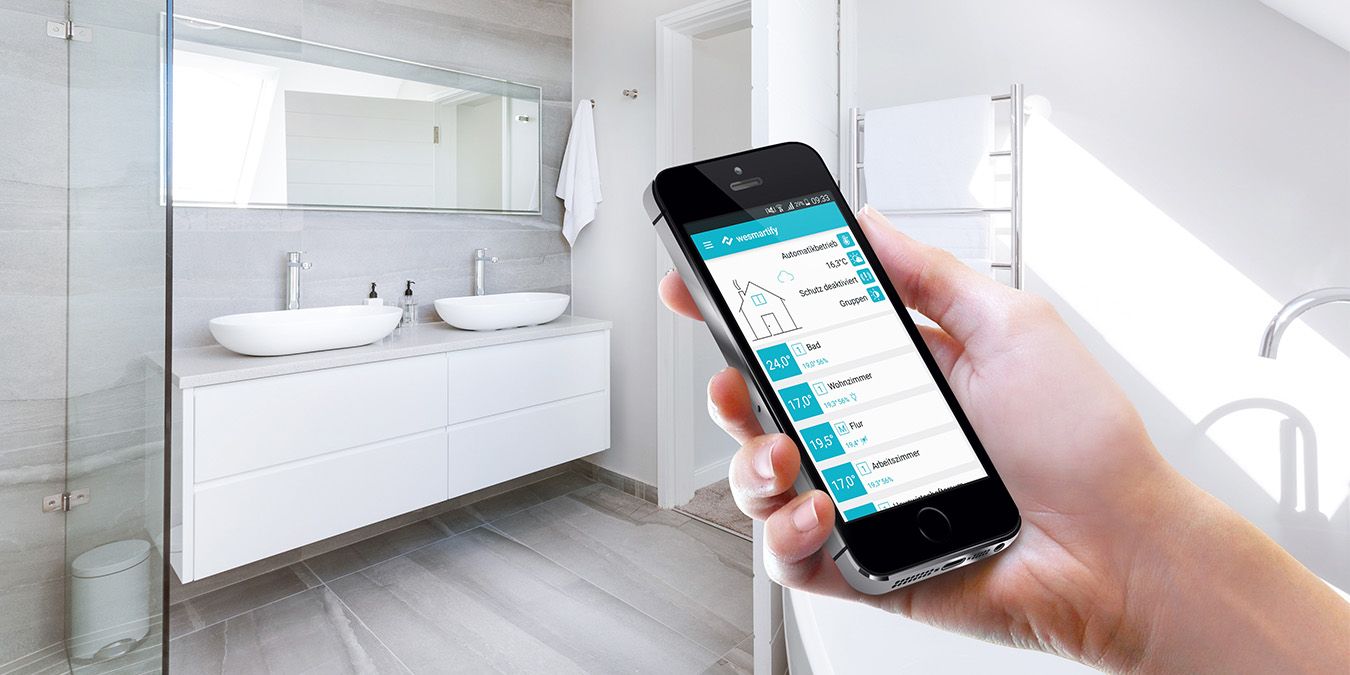Unveiling the Wonders of AC Automation
The Evolution of Air Conditioning: Embracing Smart and Automated Solutions
Air conditioning has come a long way from its humble beginnings. Today, with the advent of smart technology, AC automation is transforming the way we experience indoor comfort. This comprehensive guide explores the evolution of AC automation, its benefits, and how it can revolutionize the way we cool our living spaces.
The Essence of AC Automation
- From Manual Thermostats to Smart Control
Traditionally, air conditioning systems relied on manual thermostats that required constant adjustment to maintain a comfortable temperature. AC automation introduces smart thermostats that learn user preferences, adapt to changing conditions, and even allow remote control via mobile apps.
- Energy Efficiency as a Priority
AC automation places a strong emphasis on energy efficiency. Smart thermostats use advanced algorithms to optimize cooling schedules, ensuring that the system operates at peak efficiency while minimizing energy consumption. This not only benefits the environment but also translates to cost savings for homeowners.
Smart Thermostats: The Cornerstone of AC Automation
- Learning Thermostats
Smart, learning thermostats analyze user behavior and adapt cooling schedules accordingly. Over time, they learn the habits of occupants, automatically adjusting temperatures to maximize comfort when needed and conserving energy during periods of lower demand.
Maximizing Comfort and Savings: The Advantages of Smart Thermostats
- Cost Savings through Optimization
One of the primary benefits of smart thermostats is their ability to optimize energy use. By learning your routine and preferences, these devices ensure that your air conditioning system operates efficiently, leading to reduced energy bills without compromising comfort.
- Remote Control and Monitoring
Smart thermostats offer remote control and monitoring features through dedicated apps. Whether you’re at work, on vacation, or simply in another room, you can adjust your AC settings from the palm of your hand. This level of control adds convenience and flexibility to your lifestyle.
Integrating Smart Home Ecosystems for Seamless Automation
- Connectivity with Voice Assistants
AC automation extends beyond standalone smart thermostats. Integrating your air conditioning system into a smart home ecosystem allows for voice-controlled commands through popular voice assistants like Amazon Alexa or Google Assistant, providing a hands-free and intuitive experience.
- Synchronization with Other Smart Devices
Create a cohesive smart home environment by synchronizing your AC system with other smart devices. For example, smart blinds can coordinate with your thermostat to optimize natural light and temperature, further enhancing energy efficiency.
Smart Hubs: Enhancing Connectivity and Control
- Centralized Control
Smart hubs serve as centralized controllers for various smart devices, including your air conditioning system. Choosing the right smart hub ensures seamless communication between devices, allowing for unified control and automation based on preset scenarios or user preferences.
- Compatibility Considerations
When selecting a smart hub for AC automation, ensure compatibility with your existing devices. Whether it’s smart thermostats, sensors, or voice assistants, a compatible smart hub streamlines integration, enhancing the overall efficiency and reliability of your smart home ecosystem.
Automated Maintenance for Prolonged AC Performance
- Filter Replacement Reminders
AC automation goes beyond temperature control to include maintenance reminders. Smart thermostats can alert you when it’s time to replace air filters, ensuring that your system operates at peak efficiency and maintains optimal indoor air quality.
- Diagnostic Alerts for Timely Repairs
Some smart thermostats provide diagnostic capabilities, detecting potential issues with your AC system and alerting you in real-time. This proactive approach allows for timely repairs, preventing minor problems from escalating and ensuring consistent and reliable cooling performance.
Conclusion
In conclusion, AC automation represents a paradigm shift in how we cool our living spaces. From smart thermostats that learn and adapt to our preferences to interconnected smart home ecosystems that offer seamless control, the benefits are profound. As technology continues to advance, the integration of AC automation into our homes not only enhances comfort and convenience but also contributes to energy efficiency and environmental sustainability. By embracing these innovations, homeowners can look forward to a future where cooling systems intelligently adapt to our needs, providing optimal comfort while minimizing energy consumption and costs.




